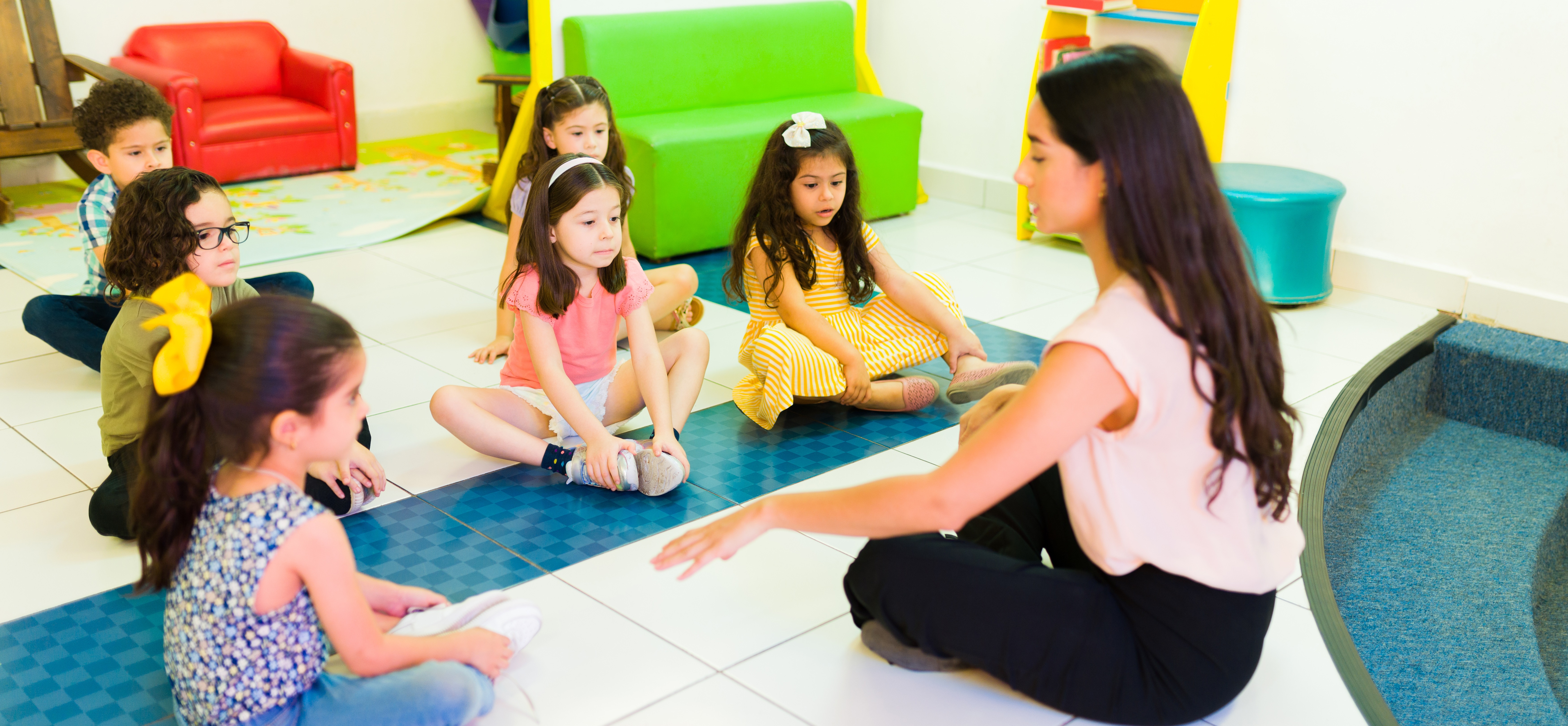Supporting Students With Yoga-Infused TPR

Twenty years ago, when I became a teacher of multilingual learners of English, I learned about total physical response (TPR). This term encompasses the idea that students can learn language and vocabulary through physical cues that help them remember it. (Read more about TPR in this blog from Valentina Gonzalez.) When I began teaching, I would at first feel self-conscious in my own ability to tie movement to language. Eventually, I gained confidence. Later in my career, I became a certified yoga instructor because I found it to be a great source of mindfulness. I started to really think more and more about how I can really support students using yoga in my classroom not just for mindfulness, but for instruction.
When we think about yoga, we often think about social-emotional learning and mindfulness. And yes, yoga has been proven to impact the brain positively in this way. Really, yoga can be a catalyst to neuroplasticity of the brain. In thinking about brain science, the benefits of utilizing yoga in your teaching practices are endless. We are helping kids find a way to destress in their lives, and we are teaching language in a way they can understand it. Like pictures, movements can be universal too.
A Snapshot of Teaching With Yoga
 Imagine you are teaching a unit on the cycle of a butterfly to a group of second graders new to the country; there are terms about the butterfly’s development they may not know. Yes, you should use visuals that explain the cycles of the butterfly. But, let’s take that a step further. We can plan what this cycle looks like with yoga poses. First, you and your students can learn about the egg phase as you sit in an easy seat also known as sukhasana. Then, you and your students can move into a cobra pose to remember the caterpillar phase. After this, you can roll up into a ball to learn about the pupa phase. Finally all of your students can move into Warrior 3 pose, with arms out, to represent the full grown butterfly! Then, you repeat the process as you and your students continue to call out the cycles of a butterfly.
Imagine you are teaching a unit on the cycle of a butterfly to a group of second graders new to the country; there are terms about the butterfly’s development they may not know. Yes, you should use visuals that explain the cycles of the butterfly. But, let’s take that a step further. We can plan what this cycle looks like with yoga poses. First, you and your students can learn about the egg phase as you sit in an easy seat also known as sukhasana. Then, you and your students can move into a cobra pose to remember the caterpillar phase. After this, you can roll up into a ball to learn about the pupa phase. Finally all of your students can move into Warrior 3 pose, with arms out, to represent the full grown butterfly! Then, you repeat the process as you and your students continue to call out the cycles of a butterfly.
This is learning! What did you do? You taught your students new vocabulary that they will continue to use. Also, you gave them an opportunity to feel engaged in their learning. They will probably never forget your classroom! Most important, you supported them in an activity of mindful movement that can impact neuroplasticity in their brains. Learning an activity that is yoga based can help them learn to maintain a mentally and physically healthy lifestyle.
Other Ways We Can Use Yoga-Infused TPR
-
- Teaching the Science of Weather: You can use standing poses, such as forward folds and variations of mountain pose and tree pose to teach about different types of weather.
- Learning about Nature: In yoga, there are different poses that represent the sun, moon and stars. These are perfect for teaching students about the phases of the moon and our galaxy. Also, variations of tree poses can be used to teach about forests, growth, and vegetation.
- Learning About Our Feelings: There are different poses that can be used to teach about feelings — the speed of the poses and our facial expressions can also help the students learn language more.
- Verbs: We can use any type of movement to teach verbs, but doing it in the form of a yoga flow can be so much!
- Creating Sentences: Yoga flows are sequences of poses that flow into one another quickly and fluidly. We can use different flows we come up with to teach sentences, using the names of the poses, or to teach sequencing.
Language instruction is effective when we engage the whole brain. Any level of comprehensible input will always help up support our students in the classroom. Don’t be afraid to try something new to help students learn language. You will be so proud of the growth you see in your students, and you will find joy in teaching!

